It won’t be a surprise to anyone following this blog if i say that i’m in love with Ghent in Belgium. The city is not only remarkably postcard pretty, it is also the first city in the world to have established an ‘official’ weekly vegetarian day. With the help of the veggie street map, i’ve been touring the veggie fries joints (in Belgium, potatoes are usually fried in lard.) However, what brings me to Ghent several times a year is neither tofu burgers nor the Gravensteen but its cultural life. This time i was in town to check out the Almost Cinema festival at the Vooruit art center.
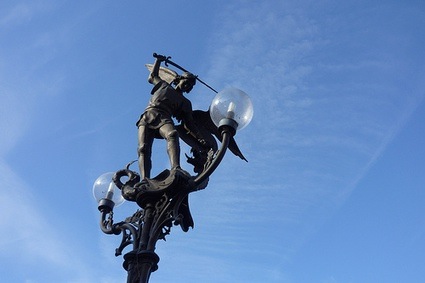
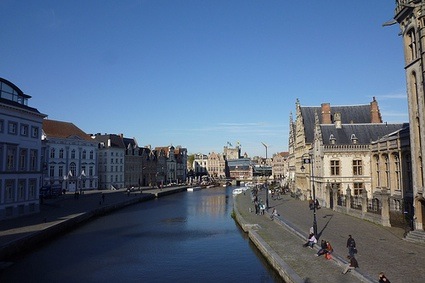
Organized in collaboration with Filmfestival Gent, Almost Cinema invites theatre makers, musicians, media artists, visual artists, architects -but not film makers- to show works that deal with cinematographic experience.
Don’t expect video art and quiet screenings. The festivals is made of performances, concerts, debates and of an exhibition which takes place in and out of the Vooruit building.
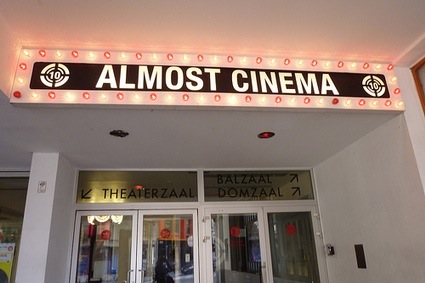
Full report will come soon-ish but as usually i’ll procrastinate by singling out just one work i discovered at Almost Cinema.
Wim Janssen‘s Statics is a surface made of 43000 handmade “pixels” that look unremarkable as one enters the room. However, as soon as the visitor steps behind a rotating colour filter and watches the surface through it, it instantly turns into a tv screen covered with snow.
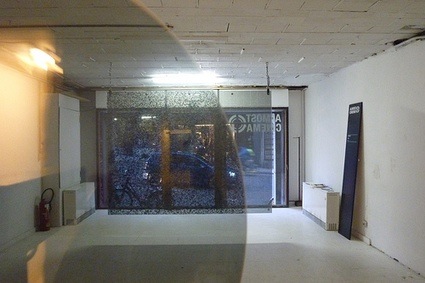
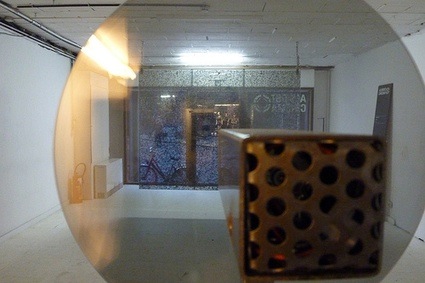
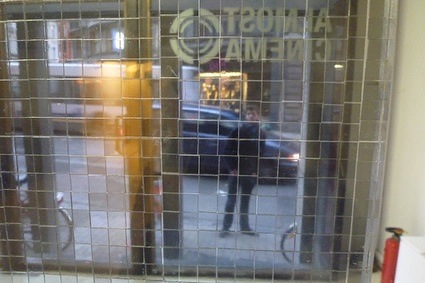 Close-up of the screen
Close-up of the screen
In this work Wim Janssen cuts polarization filter into small rectangles of one cm, in random orientations, like large pixels. These little squares are fixed between two large rectangular pieces of plexiglass.(…) In front of this screen stands a slowly rotating disc, also made of polarization filter. When the screen is seen through this disc, it changes into a half transparent field of video noise.
This phenomenon occurs because lightwaves, besides their frequency and amplitude, also have an orientation. Polarization filter let light pass in only one direction. When you look through a piece of this filter, it’s perfectly transparent, just a bit darker than normal plexi or glass. When you look through the filter at an other piece of this material which is rotated 90°, the second piece becomes an opaque black surface, because the light passing through the first filter, can’t pass through the second filter. Every other orientation gives a different degree of opacity.
You can get a better idea of the effect by watching the videos on the artist’s website and on AVS report from the festival (fastforward to the end.)
Image on the homepage by Reinout Hiel.
